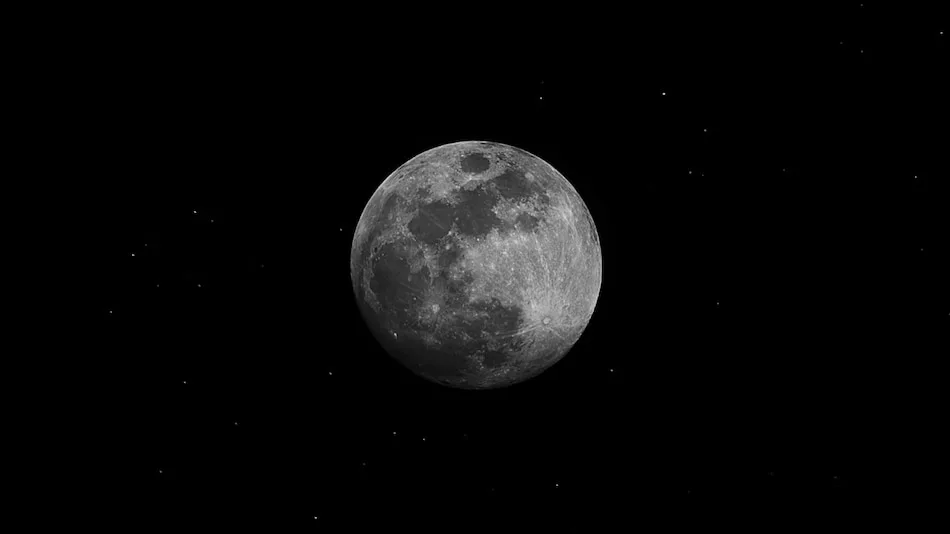Table of Contents
Earth’s Temporary Second Moon: Asteroid 2024 PT5’s Two-Month Orbit Explained
A new asteroid, 2024 PT5, is set to orbit Earth for two months as a temporary mini-moon.

Photo Credit: Unsplash/ Alexander Andrews
The asteroid 2024 PT5 will enter Earth's orbit on Sept. 29 and depart on Nov. 25
Highlights
- Asteroid 2024 PT5 enters Earth’s orbit on Sept. 29
- It will remain in orbit until Nov. 25 before moving away
- This mini-moon will not be visible to the naked eye
An asteroid, about the size of a city bus, will soon become a “mini-moon” as it will get caught in Earth’s gravitational pull. Named 2024 PT5, this asteroid is expected to enter Earth’s orbit on September 29, 2024, and will stay until November 25. While the term “mini-moon” may sound peculiar, it is used by scientists to describe any small celestial body temporarily captured by Earth’s gravity. The asteroid was discovered by the ATLAS (Asteroid Terrestrial-impact Last Alert System) project back in August.
Not a Rare Occurrence
Mini-moons are not as rare as one might think. These space objects are typically small asteroids that pass close enough to Earth to be captured by its gravity, often for brief periods. 2024 PT5 is expected to stay within Earth's orbit for just under two months before continuing its journey through space. Similar mini-moons have been recorded in recent years. For instance, in 2020, an object thought to be a mini-moon was later identified as space debris from a 1960s rocket launch. However, 2024 PT5 is believed to be a genuine asteroid, according to scientists at ATLAS.
A Temporary Flyby
Though referred to as a mini-moon, 2024 PT5 won't complete a full orbit around Earth. Instead, it will be a “temporarily captured flyby,” circling around 25 percent of the planet's surface before heading off again into the solar system. These brief encounters are common, and many mini-moons don't stick around long enough to form a stable orbit.
- Could black holes be just “frozen stars”? New research suggests a rethink
Can You See It?
Unfortunately, spotting this mini-moon with the naked eye or even with most telescopes will be nearly impossible. The asteroid's magnitude, or brightness, is far too dim to be detected by standard amateur astronomy equipment. Its absolute magnitude is reported to be 27.593, much fainter than what can be observed with even a 12-inch telescope. Only the most advanced observatories will be able to track this mini-moon’s brief appearance.
- NASA Launches Crew-9 to Rescue Stranded Astronauts at the ISS
- Sunita Williams Takes Command of ISS for Second Time

